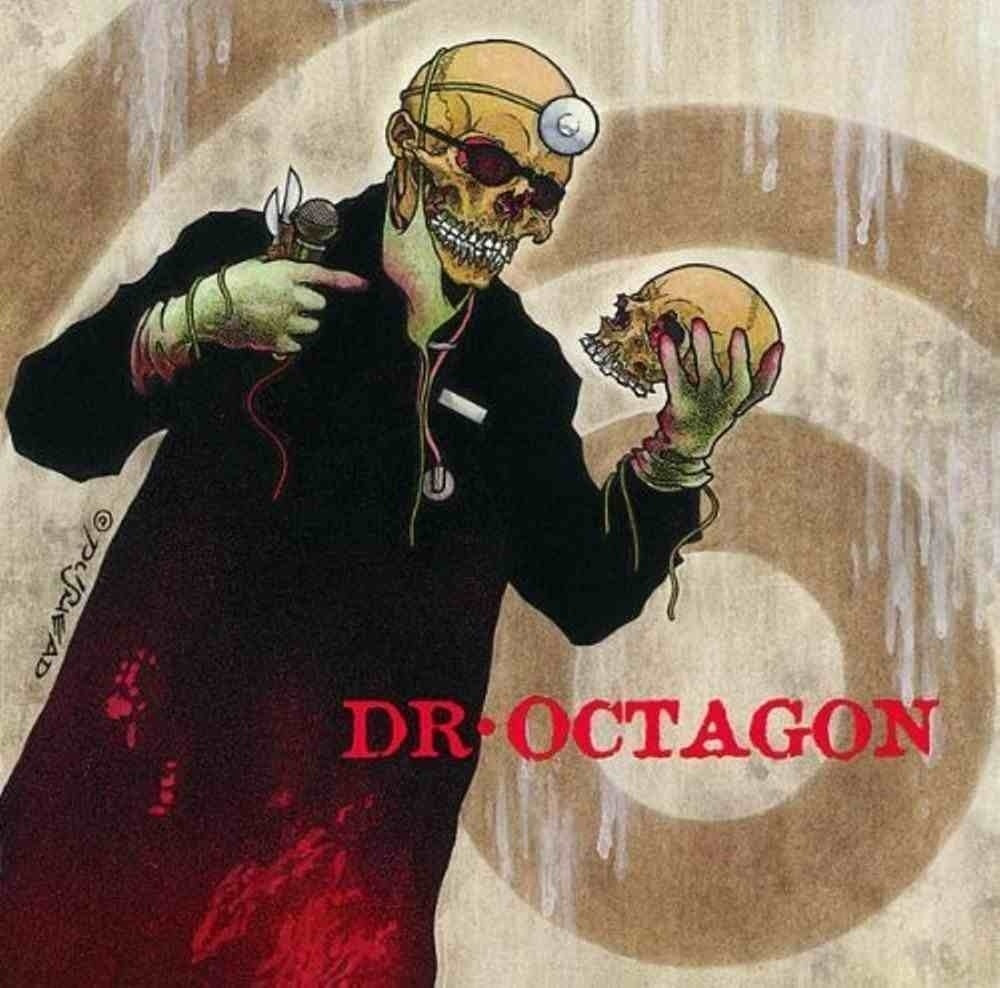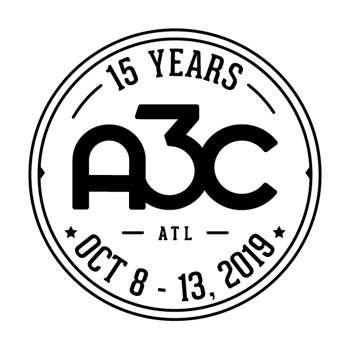
Stepping out from his previous efforts and embracing a new alias, Dr. Octagon, Kool Keith gives us an interesting project in Dr. Octagonecologyst. Released in 1996, this album was a shining example of the development of alternative Hip-Hop. Delving deep in experimental production and horrorcore themes, Dr. Octagon provides a creepy, yet entertaining twist on rap that appealed to fans who didn't necessarily identify with the gangsta rap dominating charts at the time.
Dr. Octagonecologyst is a truly avant-garde work of art in every sense of the word; from the cover art to even its name, the album is a guilty pleasure for fans of unorthodox lyrical works and uncouth subject matter. From a production standpoint, Kool Keith improvises with a number of synthesized, robotic sounds and varied instrumentation. The song “3000” features extremely warped production sounds fused with maracas, a surprising combination that almost confuses a listener’s ears. Beat patterns throughout the album are primarily very rhythmic 808 patterns with little variation. Interestingly enough, Keith likes to mix a number of animal noises into his tracks, birds chirping on “3000” as well. The album’s tone builds on its ominous aesthetic with “No Awareness”, but things get deeper as scratching can be heard on records like “I Got to Tell You”, and vocals are almost completely foregone on “Bear Witness”. Kool Keith gives underground rap an entirely new perspective as the spooky melodies continue to pour from the speakers.
Dr. Octagonecologyst is a truly avant-garde work of art in every sense of the word; from the cover art to even its name, the album is a guilty pleasure for fans of unorthodox lyrical works and uncouth subject matter. From a production standpoint, Kool Keith improvises with a number of synthesized, robotic sounds and varied instrumentation. The song “3000” features extremely warped production sounds fused with maracas, a surprising combination that almost confuses a listener’s ears. Beat patterns throughout the album are primarily very rhythmic 808 patterns with little variation. Interestingly enough, Keith likes to mix a number of animal noises into his tracks, birds chirping on “3000” as well. The album’s tone builds on its ominous aesthetic with “No Awareness”, but things get deeper as scratching can be heard on records like “I Got to Tell You”, and vocals are almost completely foregone on “Bear Witness”. Kool Keith gives underground rap an entirely new perspective as the spooky melodies continue to pour from the speakers.

Lyrically speaking, Kool Keith takes things even further, with introspective references to his mental needs and desires. There appears to be some strange psychosis going on within him, as he makes vulgar advances at women he claims to be his patients. Posing as a gynecologist, his female patients are subjected to molestation and other vile scientific experimentation. Records like “Earth People” highlight his fascination with outer space and the notion that he's not of this planet. Contextually speaking, this may be subtle suggestion that he personally fails to identify with many of his fellow artists in the rap game, and the human race as a whole. Kool Keith also likes to utilize a double-time flow in “No Awareness”, almost as if the record is delivered as a complete stream of consciousness. Although he dabbles heavily in horrorcore themes such as cannibalism, he reverts to a more traditional, underground rap demeanor on the record “Real Raw”. This record is very nostalgic of his Ultramagnetic MC days, although he still manages to blend the flow with a post-apocalyptic, hard-hitting beat. His braggadocio on the song is a bit more synonymous with the mainstream, battle rap style of flow that was coming out of New York heavily in 1996. Despite his untraditional (and at times, inappropriate) style of rap throughout the album, he still manages to deliver a complex, intriguing narrative of a rather perverted Doctor looking to invent things.
Dr. Octagonecologyst differs tremendously from the other works of 1996, but because of this, Hip-Hop fundamentalists have to love this body of work. Fearless and bold, grandiose and disturbing, the album goes places that no other rappers were willing to go at the time. Kool Keith’s strange style opened the door for a number of weirdo rappers to make their mark on Hip-Hop, a trend that’s becoming more prevalent each day. Switching styles can always be a risky process for artists that have already built a name for themselves, but Kool Keith proves that having confidence in your vision and being yourself is all the validation an artist ever needs.



